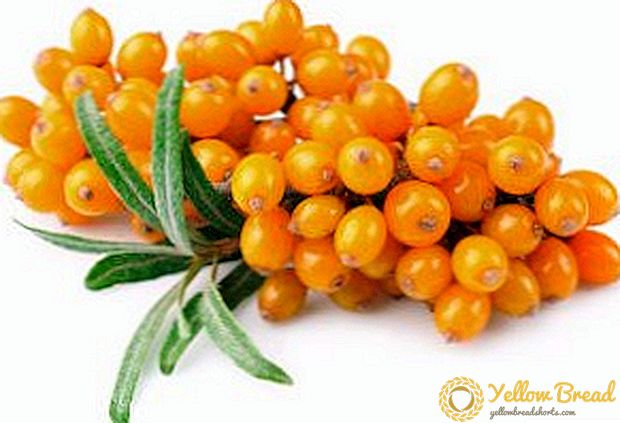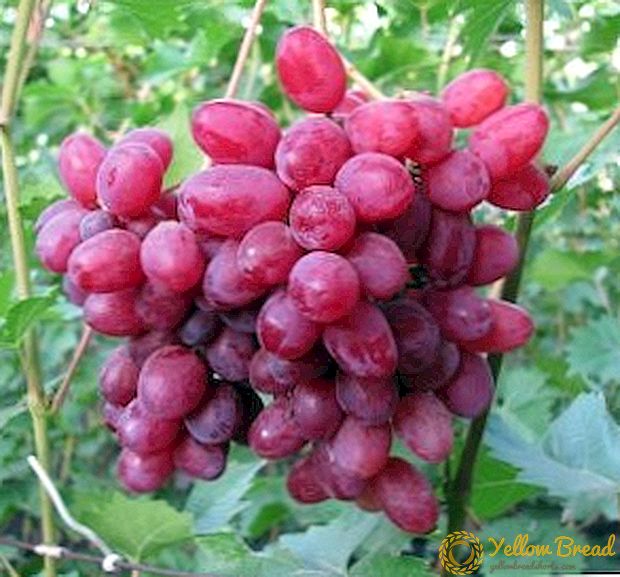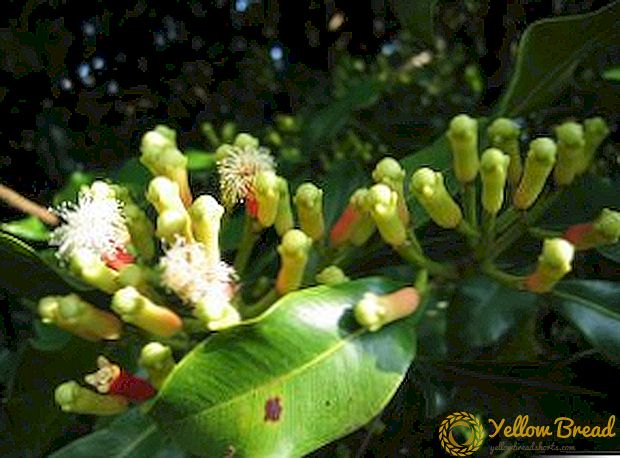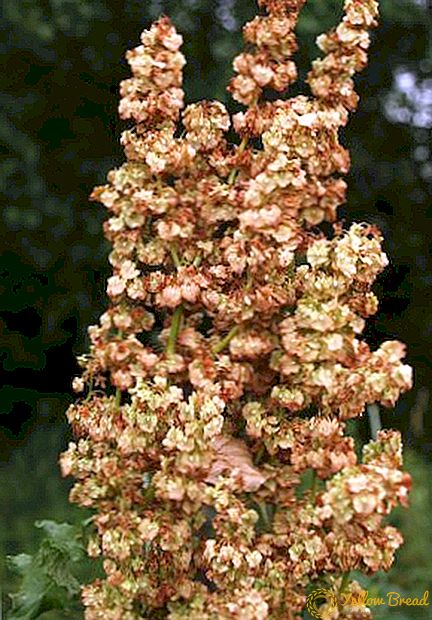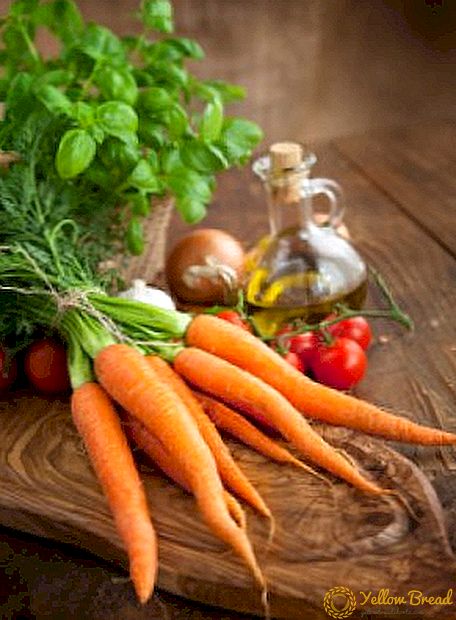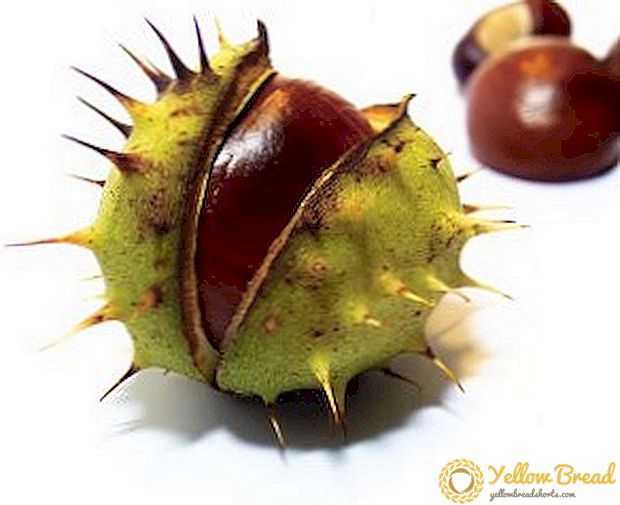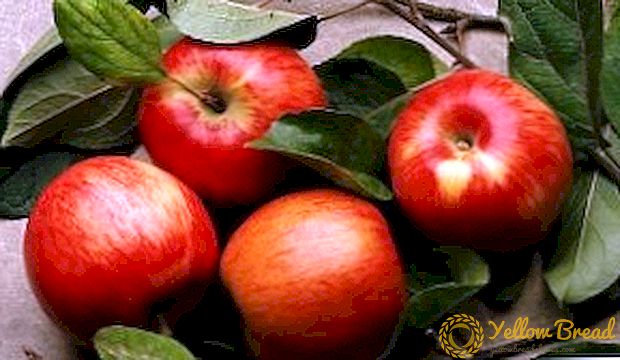
It is known that the fruits of apple trees can ripen at different times, beginning in late August until the middle of October. At the same time, the differences between the fruits are manifested both in their taste and in the term of their life.
Today, we will examine in detail the late varieties of apple trees and the characteristics of their care, since their fruits have the longest storage period.
- Late apple varieties - fruits, tree and main advantages
- Apple variety "Vityaz": description
- Apple variety "Rossiyanka"
- Apple variety "Northern Sinap"
- Grade apples "Student"
- Apple tree varieties "Moscow later"
- What you need to know about the care of late varieties of apple trees?
- Proper formation of the crown of an apple
- We fertilize late apple trees
- Should I water the trees?
- Caring for a tree in winter
- Planting late apple trees in the garden
- About the landing time
- We select the best soil option
- Important nuances of planting late apple
Late apple varieties - fruits, tree and main advantages
A feature of the later varieties is that their fruits ripen only after removal from the tree and a certain period of lying. Therefore, you need to be very attentive to the state of apples and be well oriented when it is necessary to remove which variety.
But, apples are stored some varieties until june next year. Early varieties are considered to be varieties, the maturity of the fruits of which occurs only by the end of September ("Antonovka Dessert", "Peace").
With the arrival of October and to the middle of it, it is time for the winter and late winter varieties to be cut off (Vityaz, Memory of Michurin, Student).
Apple variety "Vityaz": description

The variety belongs to the late-winter, since the removable maturity of its fruits occurs only in early October. Very common variety. It was obtained from the breeding crossing of apple trees "Pepin Saffron" and "Anis Striped".
Fruit This variety is quite large - weighing about 140 grams. In form they are not one-dimensional, conical, sometimes there are round-conical fruits. The color of the basic color of apples is cream, it is covered on top with dark red strokes of the topcoat. The skin of the fetus is smooth.
Apple varieties "Vityaz" differ by their special taste, which is observed even in June in only the resultant fruits.
A strong-grown tree grown separately from others can be a bit like a strong, sprawling oak. The tree has a lot of very thick and powerful branches that can withstand even the most abundant crops.
Crohn shirokoraskidistaya, dense. Such a tree is difficult to grow in family gardensHowever, experts advise to plant them to low-growing rootstocks, which will allow to receive the same crop, but from a more accurate tree.
The main trumps of this variety are its fruits.
First of all, from one tree you can get up to 240 kilograms tasty and juicy apples.
Secondly - it is the large size of the fruit and their excellent taste quality.
Thirdly, fruits are stored practically I'm at home. Also, apples have a high presentation and are suitable for direct consumption in the form of sir and for various types of technical processing.
The variety does not tolerate low temperatures and requires special attention in the winter. Also, it can be affected by scab if it is not sprayed from the flowering period.
Apple variety "Rossiyanka"

This variety is practically not common in the territory of Russia, although it is far ahead of its more well-known parents in quality and shelf life of fruits. In particular, “Rossiyanka” is the result of breeding varieties “Antonovka Ordinary” and “Babushkino”. Fruit of this sort gather in the middle of September (medium-winter variety), and can be stored until May.
Fruit the "Russians" are very large, on the average make up 200 grams. Rounded, similar to the shape of the ball fruits, have a yellow color of the main color. On the sunny side can be formed almost invisible pinkish "blush". The color of the pulp is also yellowish, but to taste it is sweet and sour. Tasters appreciated the taste perfectly.
It is important to note the high content of ascorbic acid in these fruits - 100 grams of pulp contain up to 40 mg of this vitamin. The amount of vitamin P in 100 grams of the fruit is 230 mg. Thus, apples are considered medicinal and are recommended for use in food for hypertensive patients.
Tree at grade tall. The crown shape is rounded, with large spreading branches. The difficulties of harvesting fruits can be overcome by regular thinning of the crown.
Fruits are stored until the beginning of May. The yields are very high and annual, which is not observed for Antonovka, which is the donor of the Russians. Celebrated high resistance to fungal diseases and low temperatures.
A tall tree requires a lot of care and complicates the collection of ripe apples. Variety loves fertile soil. Fruiting begins from 5-6 years after planting.
Apple variety "Northern Sinap"

The variety of apple trees has long been known in the southern regions of Ukraine, particularly in the Crimea, as the late winter. However, the Northern Sinap has been zoned even in the east-north regions of Russia. Popularity received due to the long storage time of the fruit. The variety was bred from the Kindal-Kitika apple tree by free pollination.
Fruit not big about 120 grams. In form, they are most often rounded-conical, but they are also cup-shaped. Smooth skin of the fruit after lying becomes oily, bright subcutaneous spots are visible. The color of the apples is yellowish-green with a brownish-red blush.
The flesh can be either white or have a slightly greenish tint (especially during the pickup period). The structure of fine-grained, medium density. The fruits are very juicy, taste sweet-sour, very well refreshing with its light spicy aroma. The amount of ascorbic acid in 100 grams of the fruit is 11.5 mg.
The tree is vigorous and very large. Crohn is medium thickened, with large skeletal branches, from which a large number of fruit-bearing thin branches depart. The crown shape is wide-pyramidal.
Winter-hardy. Differs in abundance of very tasty fruits.Apples are used both raw and after processing in the form of juices, compotes, jams or dried fruits. Fruits lie until May.
You need to be very vigilant not missing the right time to remove the fruit from the tree. In particular, if they are not ripened by ripening, they will, first of all, not have the desired taste, and secondly, they can catch fire and will not be stored. Non-one-dimensional fruits and with abundant crops lose their presentation. Resistance to droughts and fungal diseases in the medium variety.
Grade apples "Student"

Another late winter variety of apples, obtained as a result of the selection of the Welsey and Bessemyanka Michurinskaya varieties. The most common grade "Student" in the Central Black Earth region of Russia.
Dimensions fruits not very large, but large enough to have an attractive presentation. Their shape is one-dimensional, rounded, equilateral. The skin is dense, but smooth, with slight rusting around the funnel. The color of the fruit is greenish, covered with a blurry red-crimson "blush".
The taste of the flesh is very pleasant, sweet and sour. It is fine-grained in structure, the color is light green.The content of ascorbic acid in fruits is not high: only 12.6 mg of vitamin is found per 100 grams of fruit.
This variety tree sredneroslythat qualitatively distinguishes it from other late-winter apple varieties. The crown is rounded with a small number of skeletal branches. From the trunk of the branch depart at an acute angle, the ends slightly inclined to the ground.
The variety is high-yielding and enters early in the fruiting period. In particular, the first fairly good yields can be harvested as early as the 5th year after planting, and in nurseries, fruits can appear as early as the second year. Apple tree "Student" resistant to scab and tolerates winter. Plus is the taste of the fruit and their commodity appearance. Apples are stored for a very long time, almost to the middle of May.
Among the shortcomings can be called only late ripening of fruits, which occurs only in mid-October.
Apple tree varieties "Moscow later"

The late winter variety is zoned relatively recently, most common in the Central and more Northern climatic regions of Russia. It is the result of breeding varieties such as Cinnamon New and the Northern Sinap variety already described above.
Matured fruit this variety is enough big, although they do not reach the maximum. Their shape is rounded conic, ribbing is not typical. The skin is smooth, there is no rust even near the funnel. There are subcutaneous points, but they are hardly visible.
At the onset of the removable maturity of the fruits of their color becomes greenish-yellow, with a "blush" of a soft pink color on the sunny side of the fruit. When lying down, the fruit becomes golden yellow.
The pulp in its structure is fine-grained and dense, with a large amount of juice. Its color is white. Fruit taste rated by tasters like good, has a sweet and sour spicy taste. 100 grams of the fruit contains about 8.8 mg of ascorbic acid.
The tree is again vigorous. With a large spreading crown of wide pyramidal shape. However, with an increase in harvest volumes, the crown becomes wide-oval, consisting of large skeletal branches. Inclined-vertical arrangement of branches complicates the process of harvesting.
Fruits picked at the end of September can be stored unchanged and not losing their taste until the new harvest.
You can eat the fruit immediately after removal, for this they do not need to lie for a long time.At the same time, experts note the high consumer quality of apples of the variety “Moscow later” and its resistance to fungal diseases and winter frosts. The high adaptability of the variety was also noted with its zoning in various regions.
The variety is significantly inferior to the above in the form of precociation, since the first harvests from its trees can be taken only 6-7 years after planting. Besides, the crown of the tree is very thick, requires constant thinning, complicates the process of harvesting.
What you need to know about the care of late varieties of apple trees?
Proper formation of the crown of an apple

The best option for the crown of an apple tree is a spindle-shaped form with spreading branches around the trunk.
Pruning need to starting from the first year seedling and even before planting. It is important that the seedling has three tiers of branches, on each of which we choose the strongest and most direct in shape and cut off all the others that hinder their growth.
The most important thing is that the main conductor has no competitors, because if the tree grows from two conductors, it can break into two parts because of the weight of the crops.In the first year it is worth cutting about 40 centimeters of branches, in the following years about 20.
On fruiting trees, it is important to cut off all dry, broken and damaged branches, so that they do not cause rotting of the entire tree and do not cause the spread of disease or pests. Therefore, wood wounds are important to treat with special solutions and be sure to whitish the bark.
We fertilize late apple trees
On fertile soils the apple tree practically does not need fertilizer. For it will be enough one-time fertilizing in the form of humus and a mixture of trace elements that stimulate the growth and fruit set (nitrogen, phosphorus, boron and nitrate).
Since a large tree can easily be damaged by frost, in order to protect it from the cold and help it regenerate, it is important to add a 0.5% urea solution to the soil. One part is brought in 2 weeks after flowering of an apple tree, and the second in a week, at the same time together with potassium chloride.
If you are committed to long-term storage of the crop, it is very important fertilize apple with calcium salts. Make these minerals need to periodically throughout the season. At the same time, the concentration of calcium salts should constantly increase from 0.5% solution by 0.3% with each new feed. The term between fertilizer should be about 2 weeks.
Should I water the trees?

Apple trees do not particularly like water. The soil in which they are planted must have good drainage, otherwise the tree may rot. Water only saplings. directly after landing. One seedling accounts for about 30 liters of water.
In dry years, the apple is recommended regular watering. At the same time, water is poured into the groove dug around the trunk or with the help of an irrigation system.
Caring for a tree in winter
Care also includes protection. Late-winter varieties are generally very resistant to frost. However, extra vigilance does not hurt. In particular, it is very important to insulate the near-stem circle with a thick layer of humus and peat to prevent soil freezing.
The bark of the apple tree is a delicacy for various rodents and hares, for which they especially often cope with during cold periods of time. To protect the tree from them trunk obyazniki lapnikom, sometimes wrapped with ruberoid.
Planting late apple trees in the garden
About the landing time
Like any other apple seedlings, late varieties can be planted both in autumn and in winter. The only important thing is that in the fall it is possible to plant a tree even after the snow has fallen, the main thing is that the ground is not frozen yet.
We select the best soil option
Apple tree may not settle down or practically does not bear fruit if you plant it on acid or clay soil. If you don’t have a choice, then in the first variant the soil is extinguished by nitrate, and in the second it is mixed with fertilizers and river sand.
The best option is loamy soil with good drainage (drainage can also be done independently, digging a nearby groove or hole in which excess water will collect).
Important nuances of planting late apple
The pit for the seedling is digging 2-4 weeks before the immediate planting. Its depth should be twice the size of the root system of the seedling. This is due to the fact that at the bottom of the pit it is necessary to pour a mixture of topsoil with fertilizers in the form of a hill, and only then plant the tree. After planting, the soil is compacted and watered.
When planting it is important not to dig into the ground the root neck of the seedling. It should be left 3-4 cm above the soil level.After all, over time the soil will settle anyway and the sapling will drop below. However, if you plant a seedling too high, its roots will be on the surface and the tree will not be accepted.

